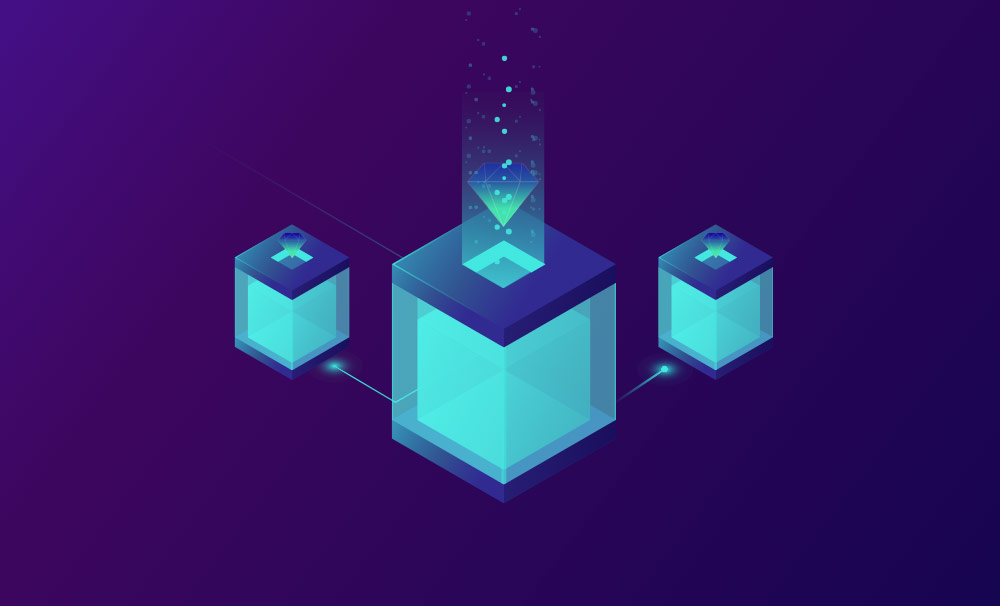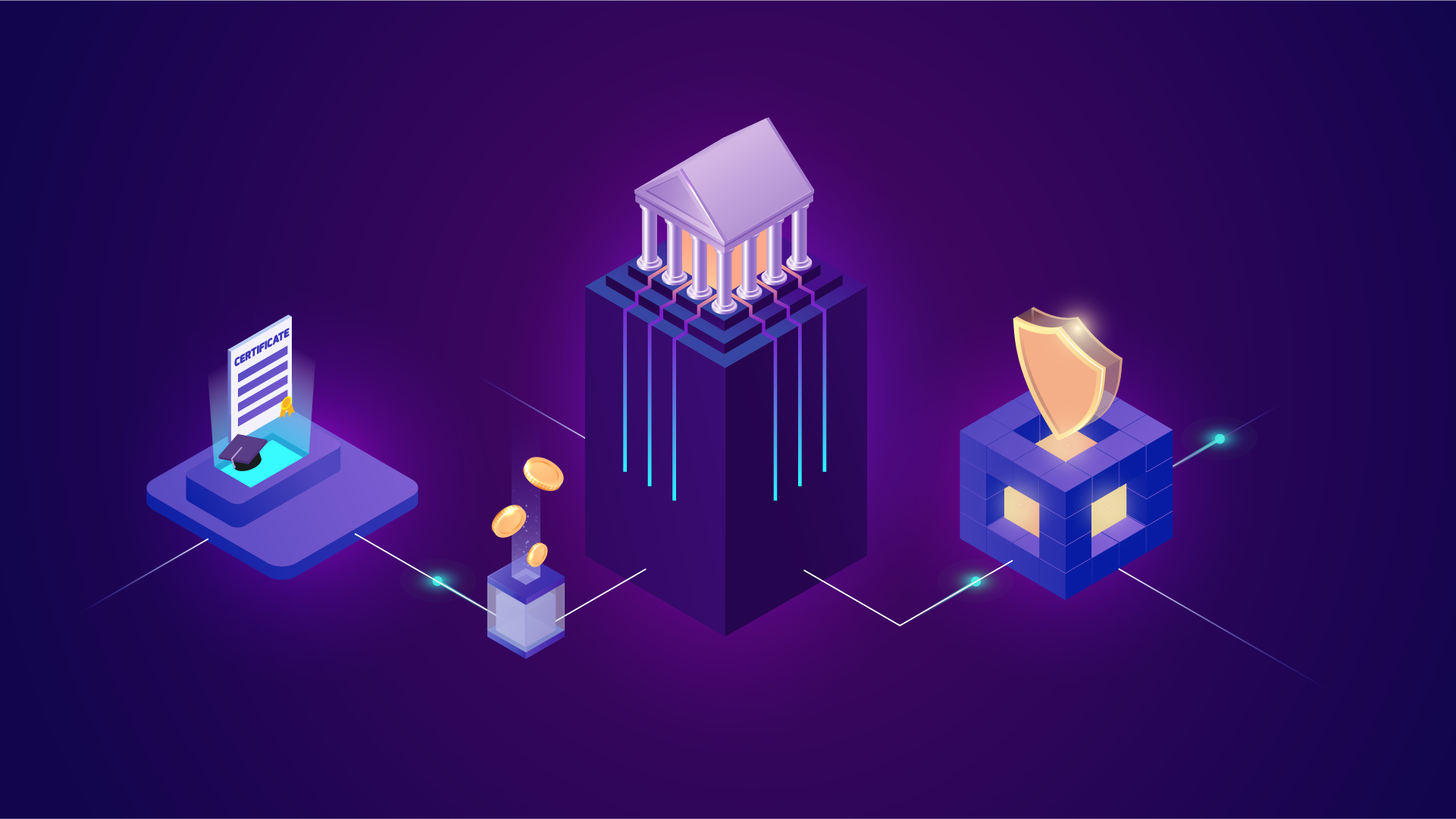Jewelry and gemstones are among the oldest and most valuable assets in human history. They have been used as symbols of wealth, status, and beauty for centuries. However, investing in these precious items can be challenging, as they often require high capital, storage, insurance, and verification costs. Moreover, the jewelry and gemstone market often lacks transparency, liquidity, and might appear rather fragmented, making it difficult for investors to access and trade these assets efficiently.
Fortunately, blockchain technology offers a solution to these problems. Blockchain enables the creation of digital tokens that can represent various types of assets, including jewelry and gemstones. These tokens can be traded directly on digital asset exchanges, without the need for intermediaries or brokers. This way, blockchain technology can democratize the jewelry and gemstone market, making it more accessible and liquid for investors.
How does it work?
Here are a few aspects to consider when tokenizing gemstones or a gemstone portfolio:
- First, you naturally need to have gemstones that you want to tokenize. It could be a diamond, a ruby, a sapphire, or any other precious or semi-precious stones. The gemstone should have a certificate of authenticity and quality from a reputable gemological institute, such as the GIA, the AGS, or the IGI.
- It is also advisable to get a legal opinion n your assets and identify which token class your token would belong to. You can read more about crypto classification in EU in our article Cryptocurrency Regulation in the EU: How MiCA Classifies Crypto-Assets. You need to get your prospect token approved by a corresponding financial authority in your jurisdiction to make sure that it complies with the regulation in your jurisdiction.
If you need legal consultation for your tokenization project, make sure to book a call with our legal team that would help you to get started. - Then, you need to choose a tokenization platform and blockchain that can help you create and issue a digital token that represents your gemstone. Cryptix Tokenization – Tokenlaunchpad provides an end-to-end solution for tokenization and can help you throughout your tokenization journey. As for blockchain, there are various blockchain solutions on the market that fit well for the gemstone tokenization use cases. For instance, Ethereum, eCredits Blockchain and Polygon have already been utilized for tokenizing gemstones.
- Your tokenization service provider or tokenization platform will support you with registering your gemstone and creating a token. This may involve sending your gemstone to a third-party auditor or custodian, who will verify its characteristics and store it in a secure vault. The tokenization platform will then issue tokens that correspond to your gemstone and assign it to your digital wallet. The token will have a smart contract that defines its rules and functions, such as ownership, transfer, redemption, and more.
- When your token is out there, you can keep it as a digital asset, or you can trade it on a secondary market. You can also use it as a collateral for a loan, or as a gift for someone else. The token will have a market value that reflects the value of the underlying gemstone, as well as the supply and demand of the token. You can track the price and performance of your token on digital asset exchanges where your token is traded.
Gemstone Tokenization in practice
There are two main types of tokens that can be used to represent jewelry and gemstones on the blockchain: fungible and non-fungible tokens (NFTs). Fungible tokens are identical and interchangeable, like cryptocurrencies or fiat currencies. They can be used to create standardized and divisible units of value, such as grams or carats of gold or diamonds. Non-fungible tokens are unique and indivisible, like artworks or collectibles. They can be used to create digital certificates of authenticity and ownership, such as for rare or exclusive pieces of jewelry and gemstones.
One example of a fungible token that is backed by a gemstone portfolio is the Habsburg Gemstone Token (GEM), developed by Habsburg Fine Arts and The Natural Gem. GEM is a token that is 100% backed by real, untreated, and certified color gemstones, such as emeralds, rubies, and sapphires. The gemstones are stored in a secure vault in Switzerland, and are periodically revalued by court experts. The token holders can benefit from the appreciation of the gemstones, as well as from the liquidity and transparency of the blockchain. GEM token is deployed on the eCredits Blockchain and Polygon in cooperation with SimplyTokenized. GEM can be purchased on the Habsburg Fine Arts website and stored in the eCredits Wallet.
Another example of a non-fungible token that is backed by jewelry and gemstones is the Icecap Diamond NFT, developed by Icecap Diamonds and OpenSea. Icecap Diamond NFT is a token that represents a single, natural, and certified diamond, with its characteristics and provenance recorded on the blockchain. The token holders can enjoy the beauty and rarity of the diamond, as well as the security and flexibility of the blockchain. Icecap Diamond NFT is deployed on the Ethereum Blockchain.
As you can see, blockchain technology can offer a new and exciting way to invest in jewelry and gemstones. By tokenizing these assets, blockchain technology can lower the barriers of entry, ensure the assets’ authenticity, and eliminate fraud. It can also increase the liquidity, transparency, and diversity of the jewelry and gemstone market, creating new opportunities and value for investors.



